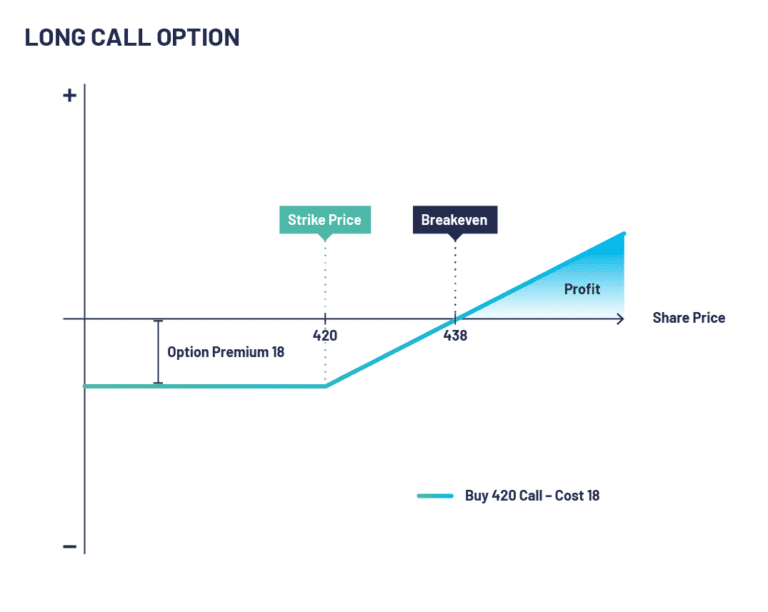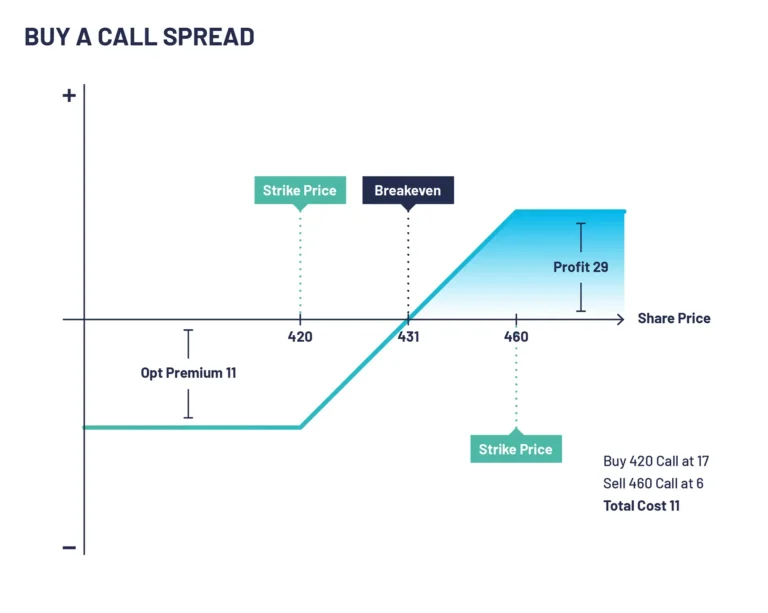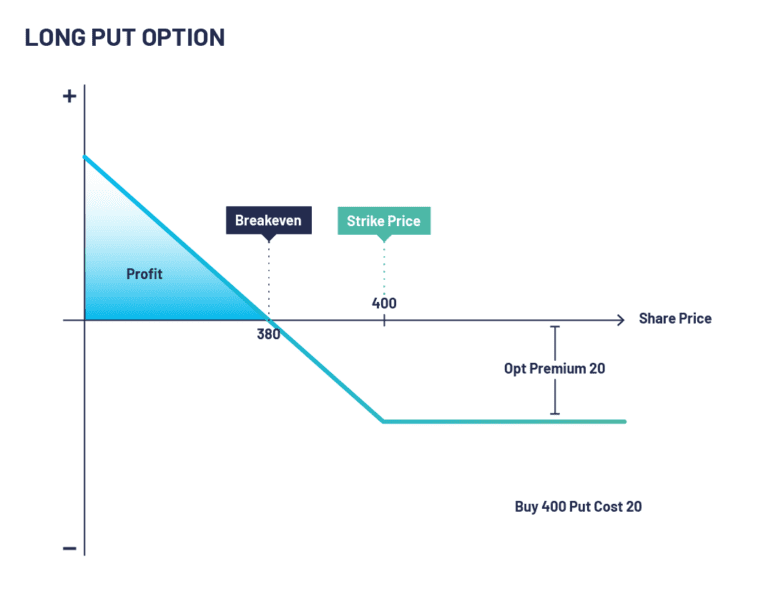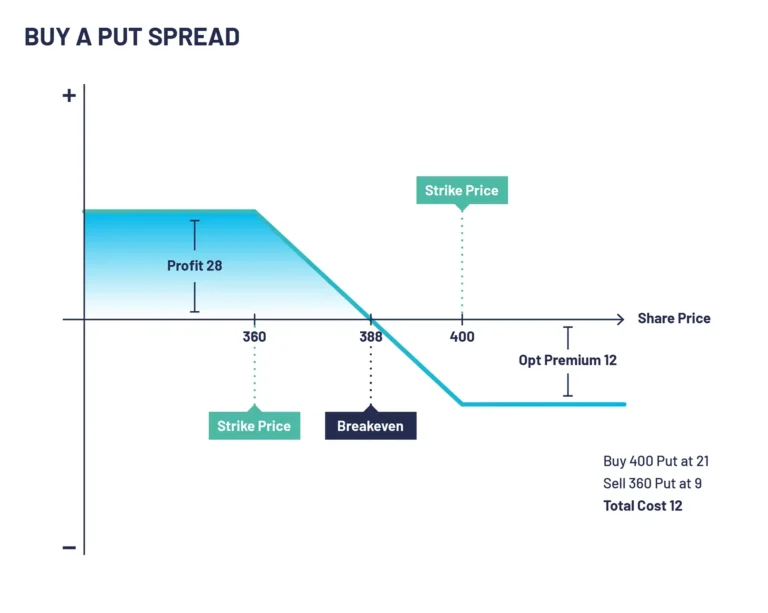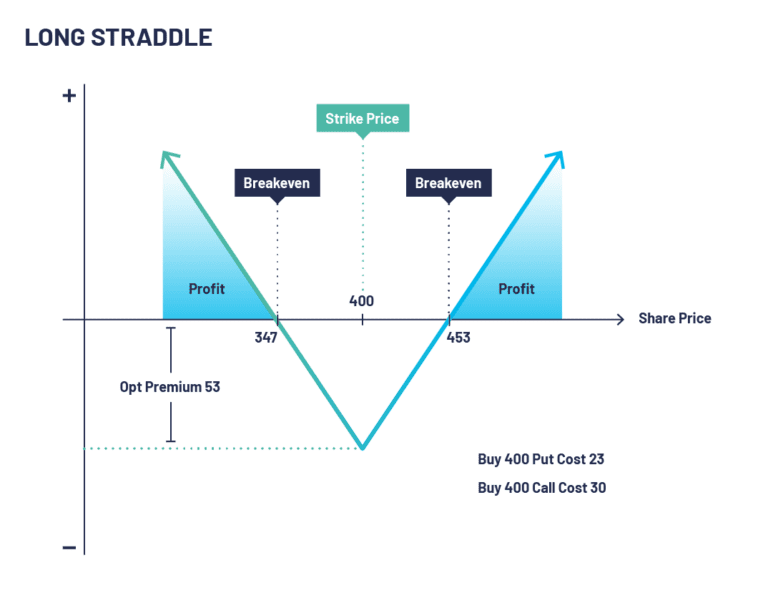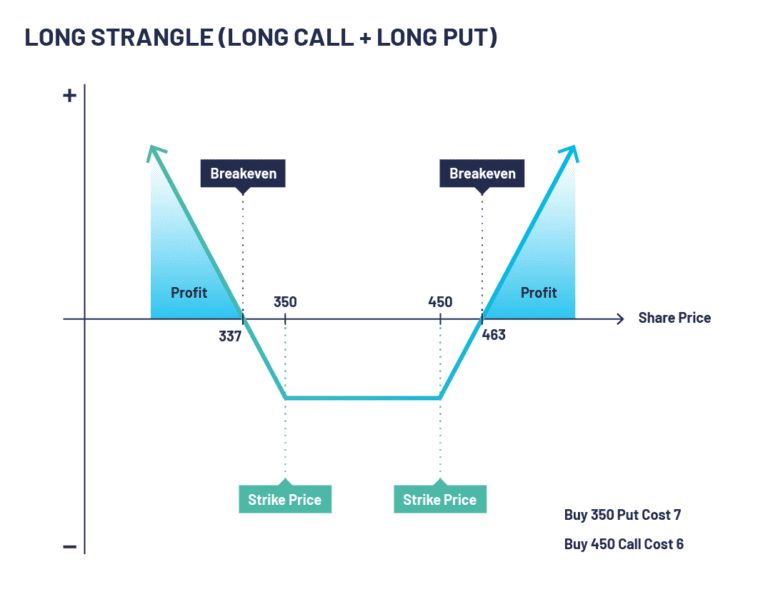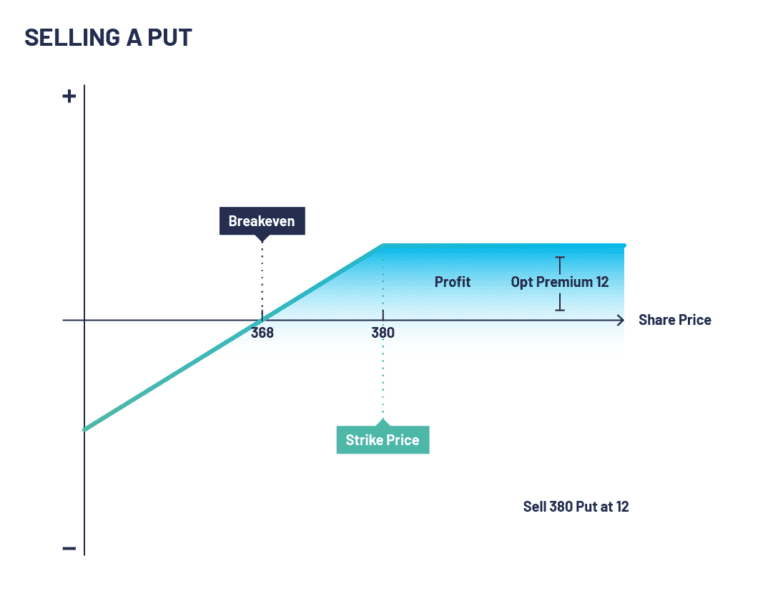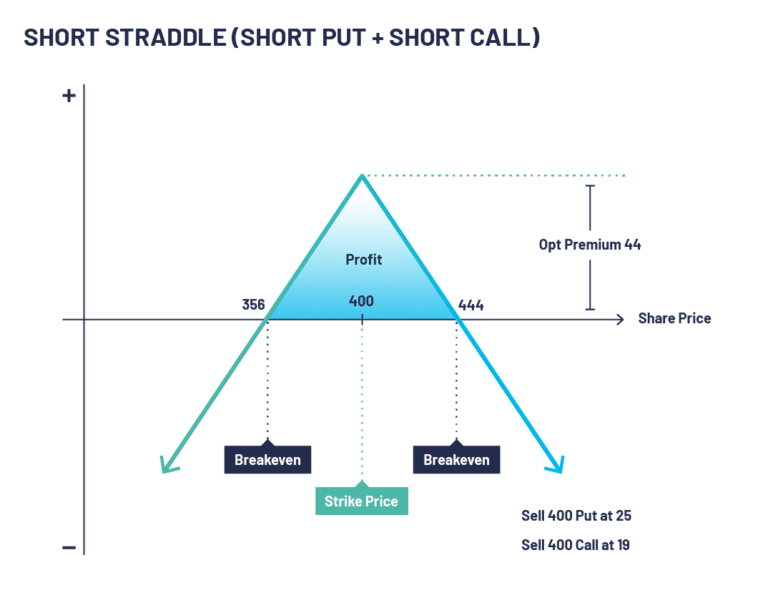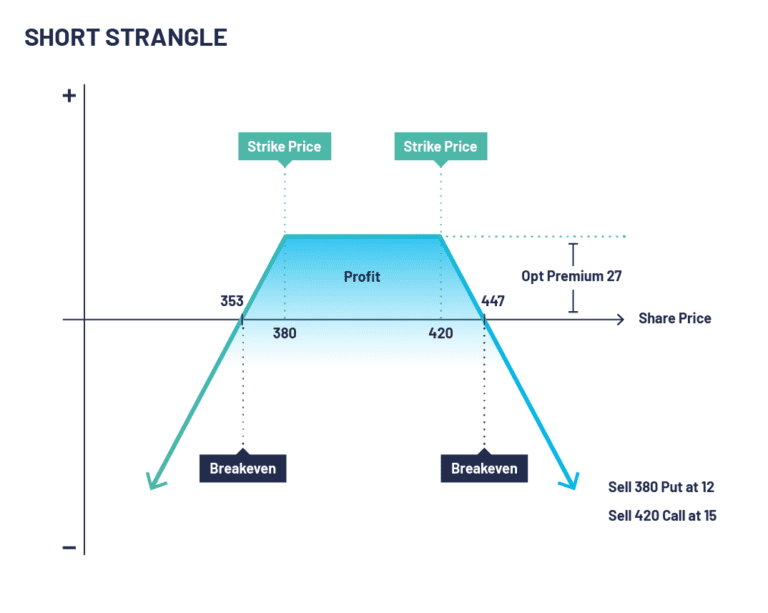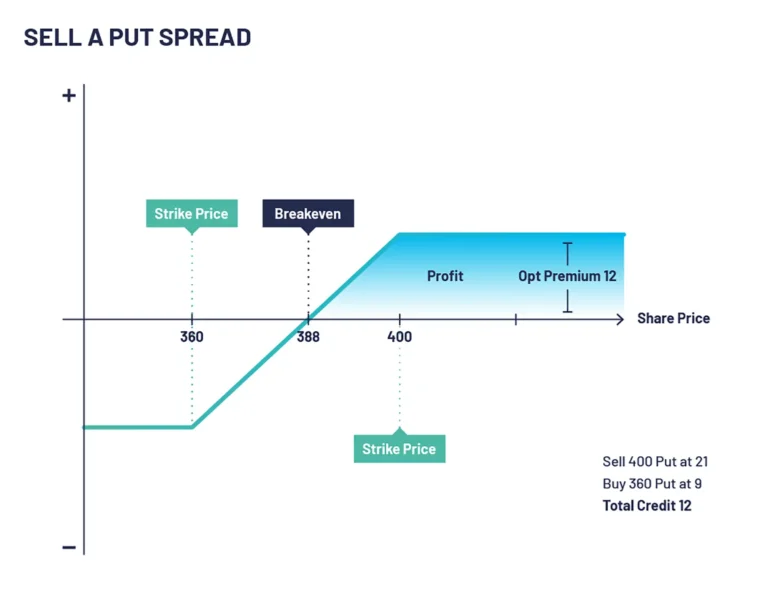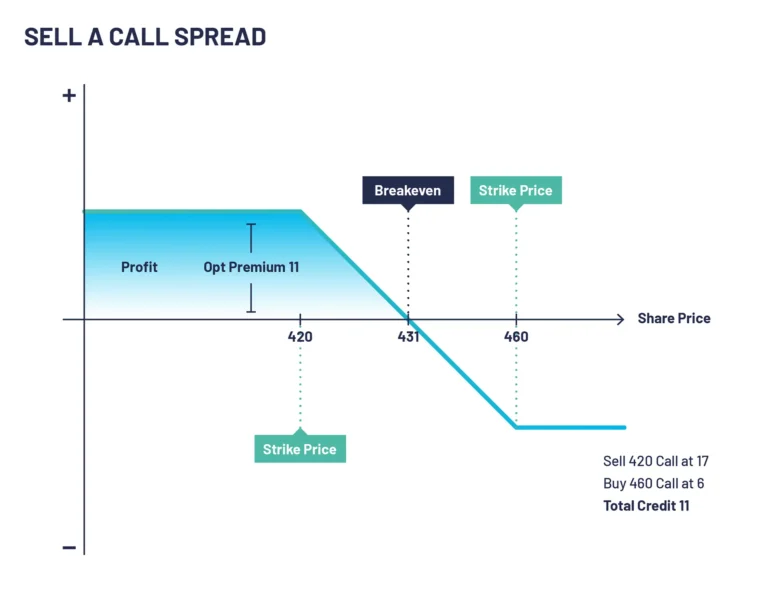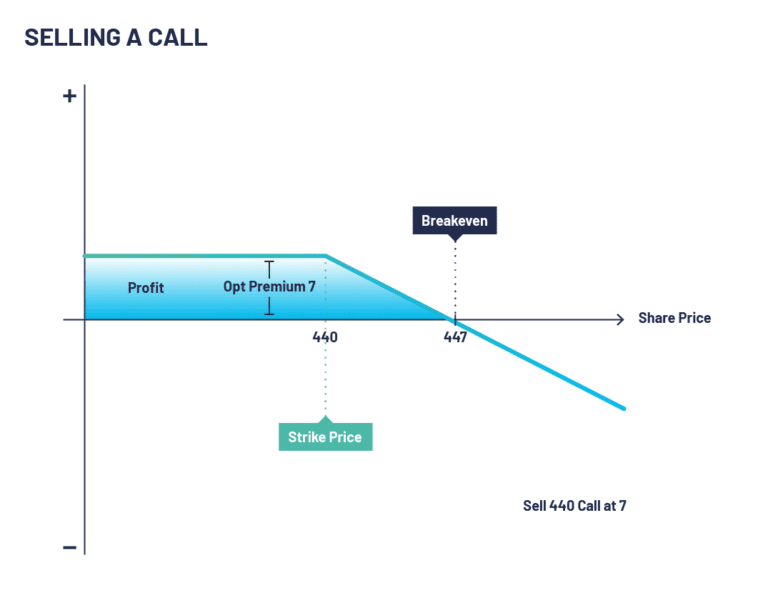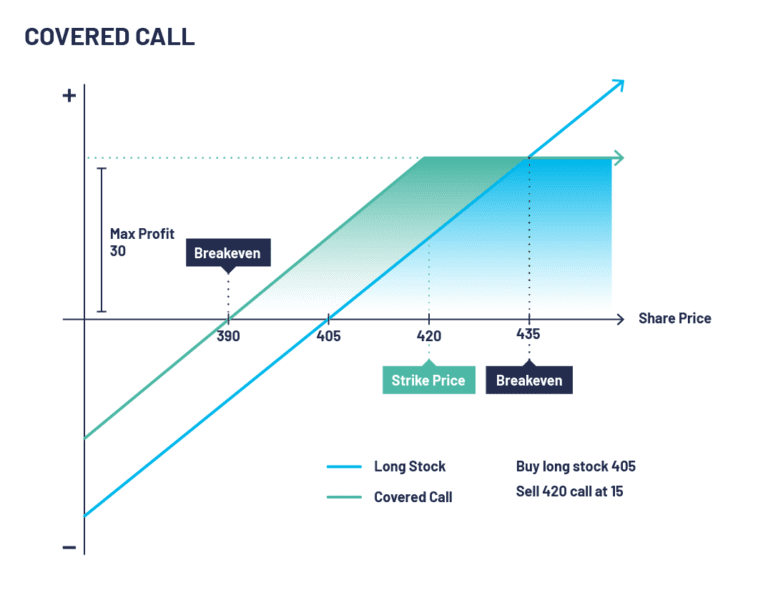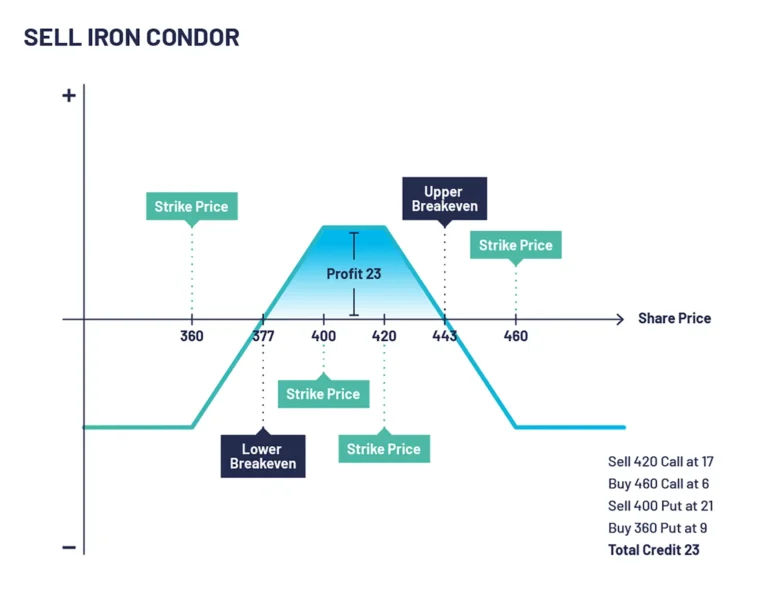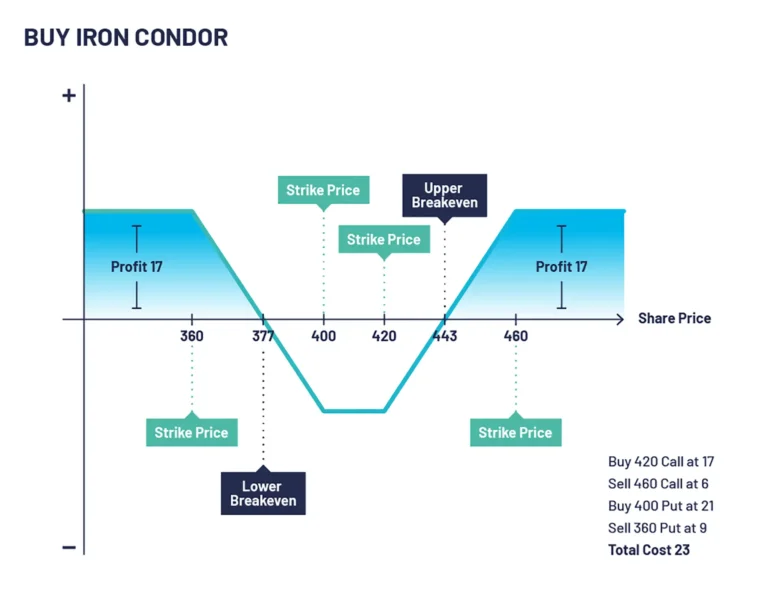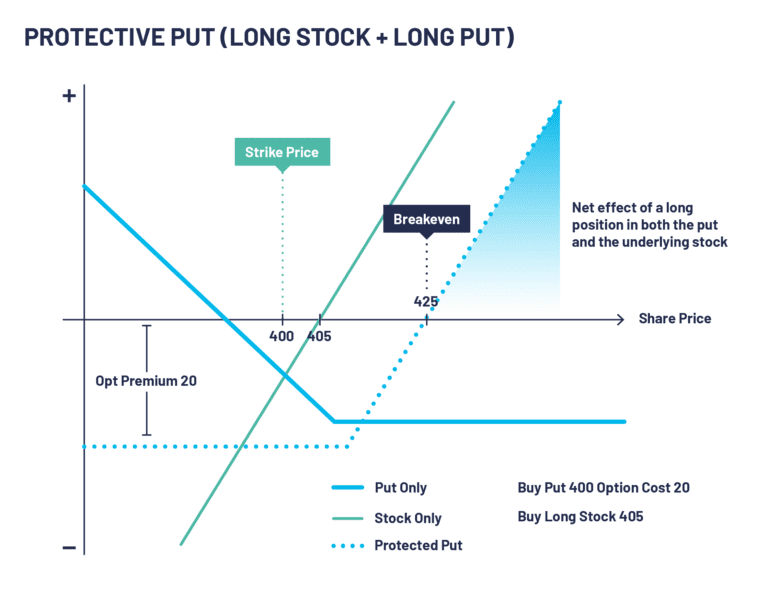REQUIRED INFORMATION
Based on the information you provide (including your investment experience, market outlook and risk appetite), the Strategy Explorer will suggest options trading strategies that might be appropriate for you.
Using the Strategy Explorer does not commit you to any trading activity or create any client relationship between you and us. If you would like us to help you implement any strategy suggested by the Strategy Explorer (or any other derivative trading activity), you will need to become a client of ours. For more information, please see Open an Account or Contact Us. Please note that any suggestions made by the Strategy Explorer are not, and are not intended to be, investment or financial advice.
We hope you find the tool useful, but please do not hesitate to Contact Us if you would prefer to talk to a member of our team directly.
